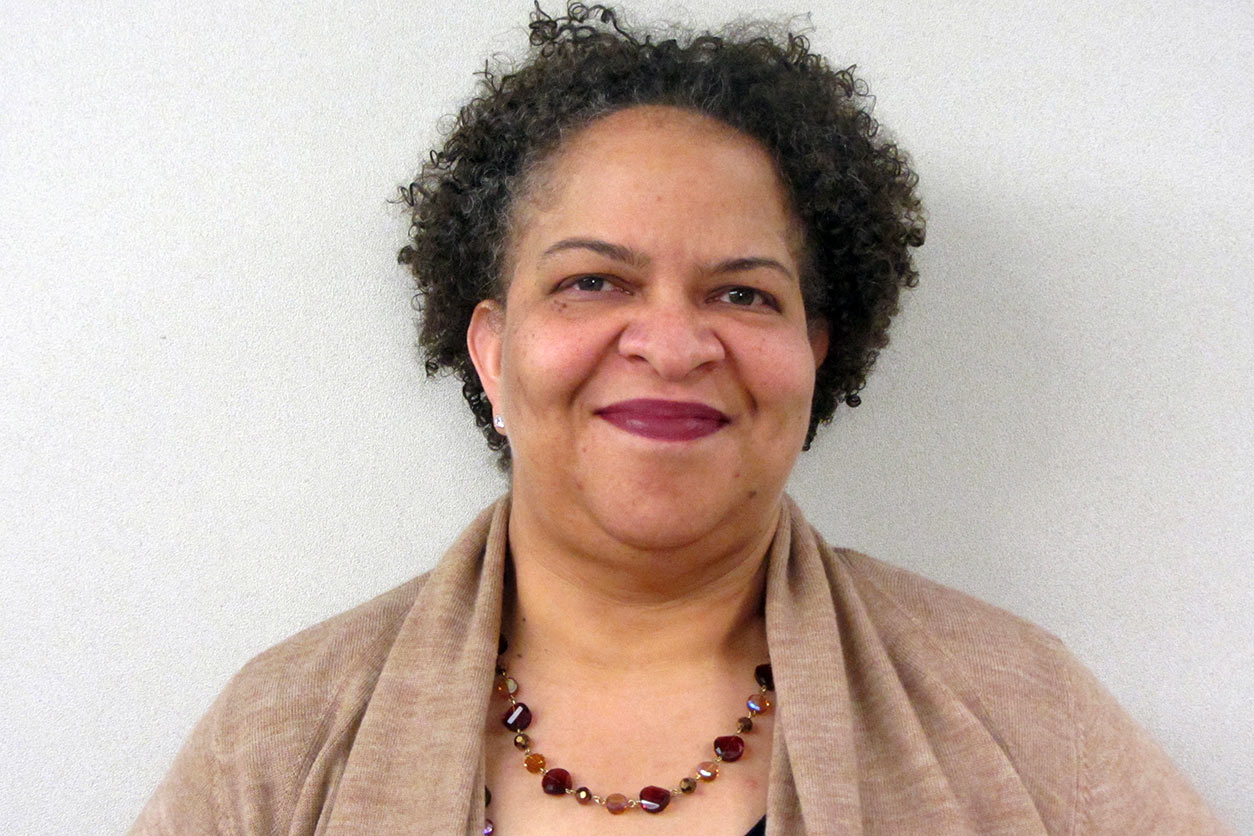With the pandemic’s new reality of lockdowns, telecommuting, and virtual schooling, many people are spending more time at home. But does sheltering at home come with its own risks? On Nov. 12, hundreds of people tuned in to hear from experts about sources of poor indoor air quality and ways to protect their families.
 The webinar series is a unique opportunity for participants to gain state-of-the-art health knowledge and ask specific questions of world-renowned experts. (Photo courtesy of Monkey Business Images / Shutterstock.com)
The webinar series is a unique opportunity for participants to gain state-of-the-art health knowledge and ask specific questions of world-renowned experts. (Photo courtesy of Monkey Business Images / Shutterstock.com)The webinar was the second in the new NIEHS Women’s Health Awareness Virtual Series: “RealTalk with the Experts.”
 Packenham said many participants expressed concern about the quality of the air in their homes since they have been cooped up during the pandemic. (Photo courtesy of Steve McCaw)
Packenham said many participants expressed concern about the quality of the air in their homes since they have been cooped up during the pandemic. (Photo courtesy of Steve McCaw)“This virtual platform allows us to empower women to become their own health advocates, to understand their health options, and to identify services and resources that prevent poor health,” said lead organizer Joan Packenham, Ph.D., director of the NIEHS Office of Human Research Compliance.
Dangerous chemicals
Neasha Graves chaired the first session and described how contaminants in the air can harm lung health. She complemented that information with ways to keep air clean inside the home. Graves is an environmental health outreach manager in the University of North Carolina (UNC) Center for Health and Susceptibility.
“Everything from mold to bug spray to fingernail polish to pet dander — there are a number of impacts to air quality from consumer products in our everyday lives,” said Graves. She focused on three sources of poor indoor air quality:
- Formaldehyde is a strong-smelling chemical found in pressed wood furniture, carpets, fingernail polish, air fresheners, and scented candles. Graves said people can reduce their exposure by making sure their space is well-ventilated and choosing products that are labeled low VOC, meaning they contain little to no volatile organic compounds.
- Carbon monoxide is an odorless and tasteless gas produced by fuel-burning appliances. People can protect themselves by installing carbon monoxide detectors, running exhaust fans over their stoves whenever cooking, and never using their ovens to heat their homes.
- Vaping is the act of inhaling vapor through an electronic cigarette (e-cigarette). The vapor contains nicotine and flavoring chemicals with formaldehyde and heavy metals like lead. Graves said people should avoid all exposure to tobacco products, because even third-hand smoke exposure — from cigarette or tobacco smoke remaining in car seats, carpet, and couches — is being studied for the harm it may cause to the lungs. Vaping is an emerging environmental health concern with middle and high school students, as well as young adults.
 Graves cautioned that the new car smell many people like comes from chemicals that can damage the lungs. Reduce exposure by airing out smelly products before bringing them home. (Photo courtesy of Neasha Graves)
Graves cautioned that the new car smell many people like comes from chemicals that can damage the lungs. Reduce exposure by airing out smelly products before bringing them home. (Photo courtesy of Neasha Graves)Unwanted house guest
In the second session, experts discussed another substance found in homes that can affect indoor air quality: mold.
 Collins is working with Lester to devise easy and low-cost measures to protect families from mold exposure. (Photo courtesy of Terrence Collins)
Collins is working with Lester to devise easy and low-cost measures to protect families from mold exposure. (Photo courtesy of Terrence Collins)Terrence Collins, Ph.D., suggested that policy makers develop a national strategy to foster healthy homes, so all the burden does not fall to individuals. “The cost of mold illness in the U.S. is about $20 billion a year,” said Collins, who directs the Institute for Green Science at Carnegie Mellon University.
“It is something we could make go away at the fraction of the cost,” he added.
“Mold is everywhere,” said Brian Lester. “It is not something we can completely escape, because it is part of every environment.” Lester works for Indiana Mold Remediation, where he helps homeowners get rid of microscopic mold spores.
Even if people are not ready to seek professional help, Lester said there are steps they can take to manage mold.
- Control sources of moisture.
- Remove heavily damaged materials.
- Clean or sanitize contaminated surfaces.
(Marla Broadfoot, Ph.D., is a contract writer for the NIEHS Office of Communications and Public Liaison.)









